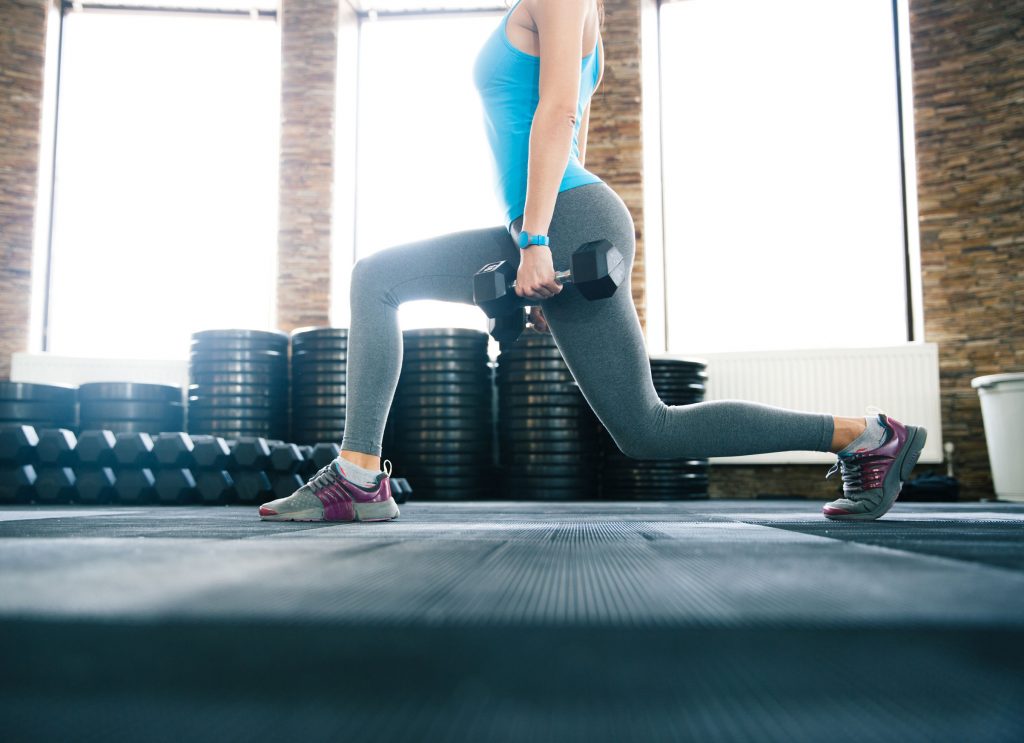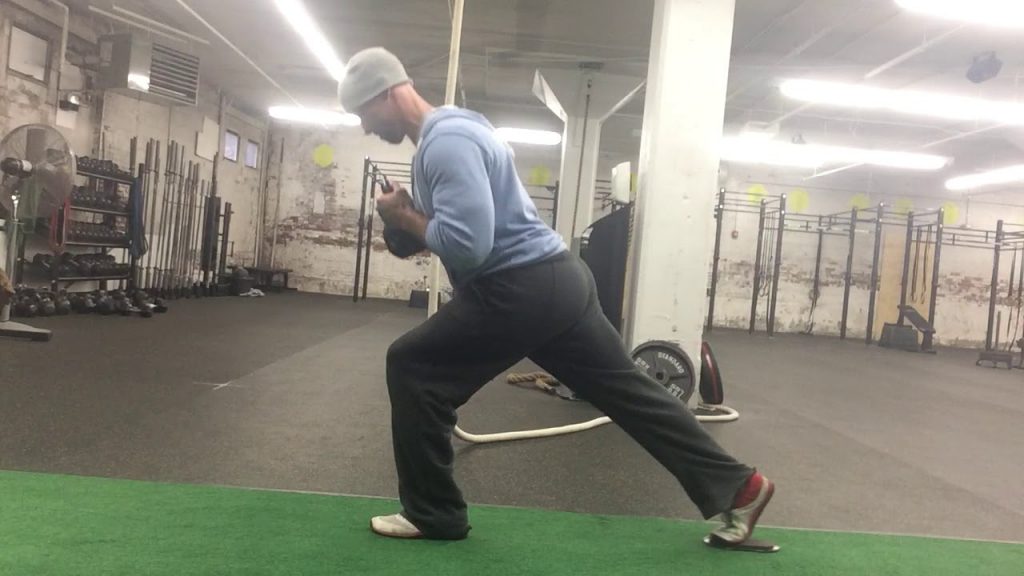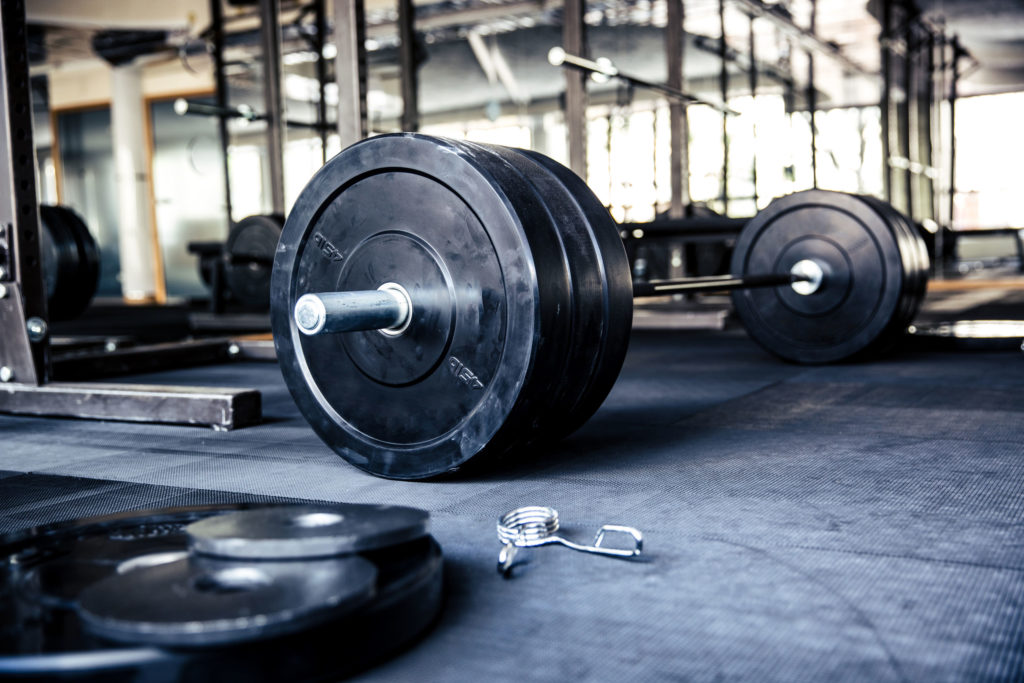Single leg training isn’t sexy to talk, much less write about. In terms of excitement factor I’d rank it somewhere between a watching a NASCAR race and picking lint out of your belly button.
I can understand the cacophony of subsequent eye rolls and yawns that are being directed my way.
“An article on single leg training?! Come on, Tony. What’s next keto recipes?”
I get it.
However, hear me out.

5 Ways I Include Single Leg Training In My Programs
Single leg training is important shit.
Now, more often than not whenever there’s an article written on single leg training it’s under the guise or in congruence with taking a massive dump on bilateral training (think: squats and/or deadlifts).
The implication being one should avoid bilateral or two-legged training in lieu of performing only unilateral or one-legged training.
I think it’s a stupid argument to have on par with which is better: Low-bar vs. high-bar squats? Or mint chocolate chip vs. mint Oreo ice-cream?
With deference, almost always, the appropriate answer to the single leg vs. bilateral debate (and, really, any question in the history of ever) is “it depends.”
- Some people are more concerned with being brutally strong with the “Big 3” and are only worried about optimal force production. If that’s the case bilateral movements should make up the bulk of training.
- Conversely, some people, especially athletes, need to marinate in a diverse pool of movement. In that case single leg training is going to take precedence and play more of an integral part in their training and programming.
- Are there people out there who debate ice-cream? Don’t be cray-cray.
Suffice it to say, here’s my take on the debate: BOTH are important, BOTH play a significant role in a well-balanced program, and BOTH should be used simultaneously.
If we’re being honest, though, we generally don’t have to pull any arms behind backs in order to convince people to perform bilateral movements like squats and deadlifts.
It’s pretty much bro-code.
Single leg work on the other hand?
Well, that can be a bit of a harder sell.

It’s unfortunate because even if someone’s goal is to be a brick shit house (or a house of shit bricks, I’m not here to judge) single leg training has many benefits, mmmkay.
Including but not limited to:
- Joint health and integrity (I have yet to find an individual with a history of knee, hip and/or back issues who doesn’t benefit from a healthy dose of single leg training).
- Improved balance.
- Improved foot/ankle/hip stability. Or, stability in general.[footnote]Google “Mike Boyle & Lateral Sub-System” for more insight on this front.[/footnote]
- A fantastic way to train rotary stability (<— a fancy schmancy way of saying something will work your core).
- Greater specificity to sport (and real life).
- Improved strength & hypertrophy (depending on how it’s implemented).
- Helps address weaknesses and imbalances from limb to limb.
- Reduced wear and tear via less axial loading.
- More exercise variety.
And the list can go on.[footnote]I’m certain I’m omitting some obvious benefits, but my kid woke me up early this morning and my brain is running on fumes as I write this. So, fuck off.[/footnote]
Below are (some) ways I like to include single leg training in my programs.
1) Treat Single Leg Training Like Eating Broccoli
It’s just, you know, something that has to be done.
It’s hard for me to peruse the list I made above of all the benefits and not include some semblance of single leg training in a program (regardless of someone’s goal).
There aren’t many scenarios I can think of off-hand where it won’t help.
- Be a better athlete? Check
- Be a better lifter? Check
- Beat Jason Bourne in a knife fight? Check.
All the bases are covered.
That said, one pet-peeve of mine and something I notice all….the…..time as a coach is that people tend to go way too heavy.
I’ll watch some guys grab the 80+ lb dumbbells and perform walking lunges and think to myself “why?”
But this is after both my corneas jump out of their eye sockets and then proceed to jump into a bucket of battery acid.
Their knees are caving in every which way and it’s evident most are unable to control the load. This kinda defeats the purpose of doing it in the first place.
Stop training your ego and lower the load.
I’d rather people use a load they can control and perform it for high(er) reps than to grab the heaviest weight possible and make perhaps do more harm than good.
ALSO…..
It’s my own preference as a coach, but I much prefer people to adopt more of a forward lean when performing lunge variations.
When you assume a more upright posture during lunges it makes it easier to crank through the lower back which can also result in excessive rib flair; I.e., a more unstable position.
The inner dialogue should be more “shoulders over knees” than “shoulders over hips.”
2) Potentiation (Or, Turning “Stuff” On)
I often have my clients perform a single leg movement before squatting or deadlifting.
https://www.youtube.com/watch?v=a1Y73sPHKxw
I find it’s a nice way to turn “stuff” on and to prime the body for the extracurricular shenanigans going down shortly thereafter.
Goblet variations are my go to here (less grip intensive): Goblet Reverse Lunge, Goblet Forward Lunge, Goblet Reverse TO Forward Lunge, Goblet Split Squat, Goblet Bulgarian Split Squat, Goblet Whateverthefuck.
The idea is to go LIGHT and to OWN the movement.
I like to use 2-3 sets of 6-8 reps per side.
Pants optional.
3) Adding Isometric Holds
If you really want to humble someone (and to make their glutes scream for blood mercy) try adding in some isometric holds.
I LOVE using these with my clients/athletes as it forces them to use sloooooow down, to stay more cognizant of body position, and it also aids in more time under tension.
4. Combo Movements
Another way I like to include single leg training into my programs is to combine two movements into one.
This is a fantastic way to make the movements a bit more challenging and also serves as an opportunity to stroke my evil strength coach beard (despite the fact I don’t have one).
You want sore, I’ll give you sore.
Goblet Step-Through
Rear Foot Elevated Kang Squat
5) Fake Single Leg Training
Least we forget single leg training can be too advanced of an option for some people. Whether it’s due to novelty or “just because” we can incorporate “fake” single leg options to help ramp people to the real thing.
I’m more concerned with setting people up for as much success as possible rather than making them feel frustrated.
In that light here are two excellent options I use all the time:
Wall Press RDL
Here, we can still groove a single leg hinge pattern, but in a supported fashion.
For those who have balance issues this is an excellent choice.
B-Stance Squat
With the offset (or B) stance, we place more load on the front leg. Again, this is a great option for those with stability/balance issues and who aren’t quite ready for actual 1-legged squats (you sadistic bastard).








